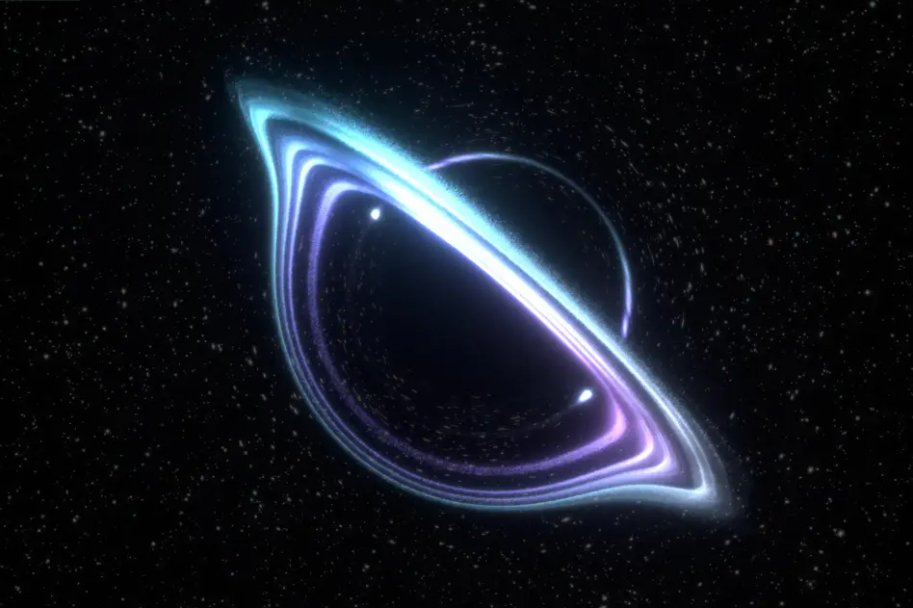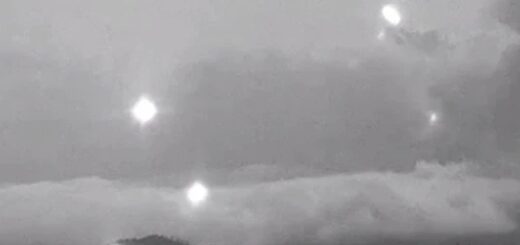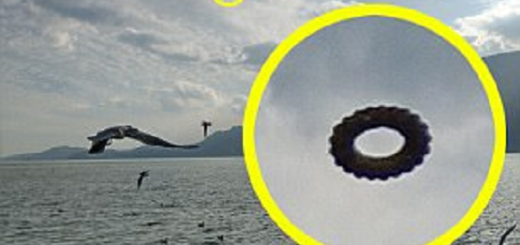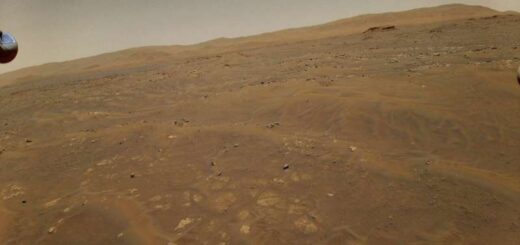New ‘black neutron star’ stuns astronomers with its spectacular death

What happens when a star dies?
Astronomers thought they had it all figured out. A dying star either fades into a simmering white dwarf, explodes and then shrinks into a super-dense neutron star or collapses into an all-consuming black hole, depending on its mass.
However, gravitational waves detected last year suggest that a black hole may have devoured an extremely rare form of dead star — one that was heavier than a neutron star, but lighter than the lightest black hole.
Astronomers say this mystery object is the first they’ve ever seen in the “mass gap” between their definitions of neutron star and black hole. That means it might be some sort of black neutron star or — to borrow the title of a Soundgarden song — a black hole sun.
Researchers detected the object’s demise last August through the U.S.-based LIGO antenna and Virgo, a similar project in Italy for monitoring the gravitational waves of huge nearby objects in space. The cosmic event sent out ripples in space-time some 780 million years ago that included hints about the mystery object’s size, according to the findings published Tuesday in the Astrophysical Journal Letters.
Scientists had suspected that objects like this one might exist, but they’d never seen one before. Now they’ll have more information to go looking elsewhere for similar objects.
“We’ve been waiting decades to solve this mystery,” study co-author Vicky Kalogera, of Northwestern University, said in a news release from LIGO. “We don’t know if this object is the heaviest known neutron star or the lightest known black hole, but either way it breaks a record.”
Stars and black holes are measured in terms of their size relative to our sun — a unit called solar mass. The largest-known neutron stars have a maximum solar mass of 2.5, while the smallest black holes start at a solar mass of five.
The mystery object had a solar mass of about 2.6, placing it in that theoretical in-between zone. It was devoured by a black hole with a solar mass of 23, and together they formed an even bigger black hole that sent invisible gravitational waves rippling toward Earth. Astronomers labelled the event “GW190814.”
The discovery could transform scientists’ understanding of space and the way massive binary objects come together and circle one another, according to Charlie Hoy, a PhD student at Cardiff University who was part of the study.
“We can’t rule out any possibilities,” Hoy told BBC News. “We don’t know what it is and this is why it is so exciting, because it really does change our field.”
Patrick Brady, a professor and spokesperson for the LIGO Scientific Collaboration, said the discovery should help scientists spot more of these “mass gap” objects in the future.
“The mass gap may in fact not exist at all, but may have been due to limitations in observational capabilities,” he said in the LIGO news release. “Time and more observations will tell.”
Researchers say the event was hard to see via telescopes because the two objects would not have shone any light. The smaller object also likely wouldn’t have gone out with a bang because the black hole probably devoured it all at once.
“I think of Pac-Man eating a little dot,” Kalogera said. “When the masses are highly asymmetric, the smaller neutron star can be eaten in one bite.”
Hoy says the findings will help LIGO and Virgo scientists fine-tune their instruments so they can see more such events.
The scientists behind the discovery did not provide a new classification for the mysterious object — but whatever they eventually choose, it’ll make for a good band name in the future.
The LIGO facility first detected gravitational waves in 2016, confirming a key theoretical part of Albert Einstein’s theory of relativity. The U.S.-based LIGO and Virgo, in Italy, have detected dozens of gravitational waves since that first discovery.



 Creators of mankind
Creators of mankind Description of “Tall white aliens”
Description of “Tall white aliens” Where they came from?
Where they came from? About hostile civilizations
About hostile civilizations The war for the Earth
The war for the Earth “Tall white aliens” about eternal life
“Tall white aliens” about eternal life Video: “Nordic aliens”
Video: “Nordic aliens” Aliens
Aliens Alien encounters
Alien encounters The aliens base
The aliens base UFO
UFO Technology UFO
Technology UFO Underground civilization
Underground civilization Ancient alien artifacts
Ancient alien artifacts Military and UFO
Military and UFO Mysteries and hypotheses
Mysteries and hypotheses Scientific facts
Scientific facts


















